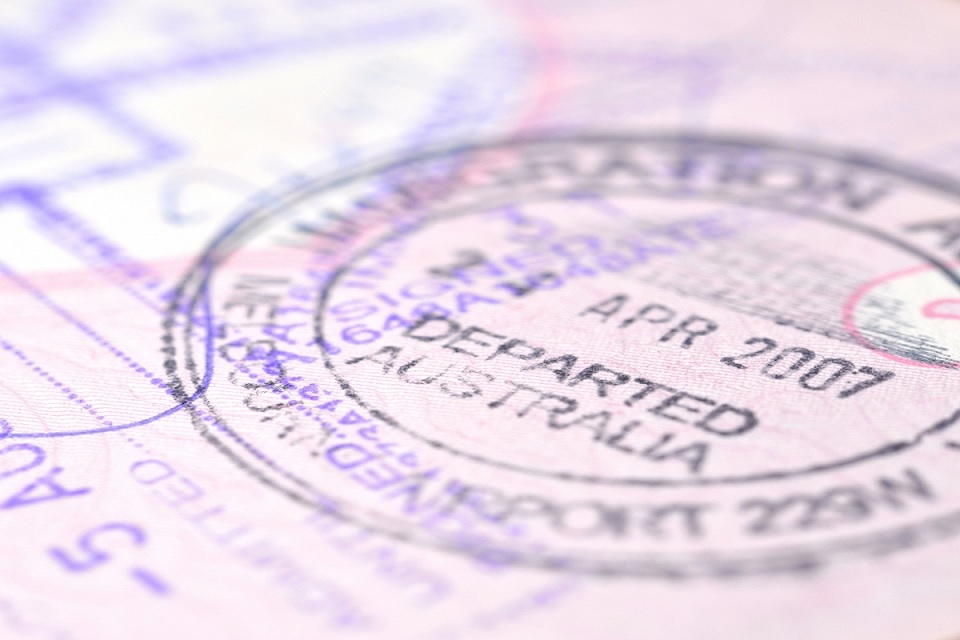For employers considering taking on workers from overseas, there is a process that must be followed to for a work visa to be granted that allows them to work in Australia. As part of that process, an employer is regarded as a worker’s sponsor, and it is essential that they what the approval procedure is. Failure to follow it can mean an application is rejected.
The main process has three stages to it, and we recommend seeking help from an expert migration agent in your destination to make the process as smooth as possible.
- Approval Of The Business As A Sponsor
- Approval Of The Position Being Offered
- Approval Of The Visa
For each one of those three stages to be completed there are a number of requirements that must be met, and as you read on, we will outline the requirements for each stage.
Stage #1: Approval Of A Business As A Sponsor Requirements
In order for a business to be considered a valid sponsor of overseas workers it must be approved as a Standard business Sponsor (SBS). There are two main requirements which must be met. The first is quite simply that the business is currently trading and operating as a valid business. There is no minimum time on this, so even if it is a new business, as long as it trading normally, it can be approved as an SBS.
The second requirement relates to the size of the business, however, there is actually no minimum limit set, as how much turnover or profit a business must generate. However, it must be able to prove that it is sustainable and that it can afford the expenses related to taking on the overseas employees it plans to sponsor, including future expenses. Once approved as a SBS a business is authorised to sponsor overseas workers for 5 years.
Stage #2: Approval Of The Position Being Offered
This is also known as nomination and at this stage a SBS needs to gain approval for any position that it plans to offer to overseas workers. There are multiple requirements which include the following.
- The position must be on the appropriate immigration list which applies to the visa subclass being applied for.
- The position must be regarded as essential to the scale, scope, and nature of the business.
- The position must be appropriate for the overseas worker’s background.
- The business owner must show evidence that they were unable to find any Australian permanent residents or citizen willing to take the position using Labour Market Testing. Examples include job advertisements being placed for minimum periods.
- The salary for the position must conform with both the Dept. of Immigration’s stated minimum salary and average salaries for this type of position.
Other rules regarding the location of the business being outside Melbourne, Sydney, or Brisbane with respect to the government regional policies also apply with respect to the specific visa that is required for the position.
Stage #3: Approval Of The Visa
Assuming all the requirements with regards to the business and the position have been met, the prospective employee can now make their application for a visa. As you would expect there are requirements that also need to be met at this stage.
- The applicant must provide evidence to prove that they have the necessary skills to fulfil the role.
- For a subclass 482 visa they must provide evidence they have worked fulltime in the same type of position for a minimum period of 2 years
- For a subclass 494 visa the time period for this is extended to a minimum of 3 years, and they must also pass a Skills Assessment for the position.
- For applicants who come from a country where English is not the first language, they must pass the relevant English proficiency test.
When applying for their visa, applicants can include members of their family on their application. This option will apply to married applicants and parents who plan to bring their children with them to Australia.
Once their work visa has been approved, for the period the visa is valid for overseas workers are only allowed to work for the employer that has sponsored them and in the position which was approved.

